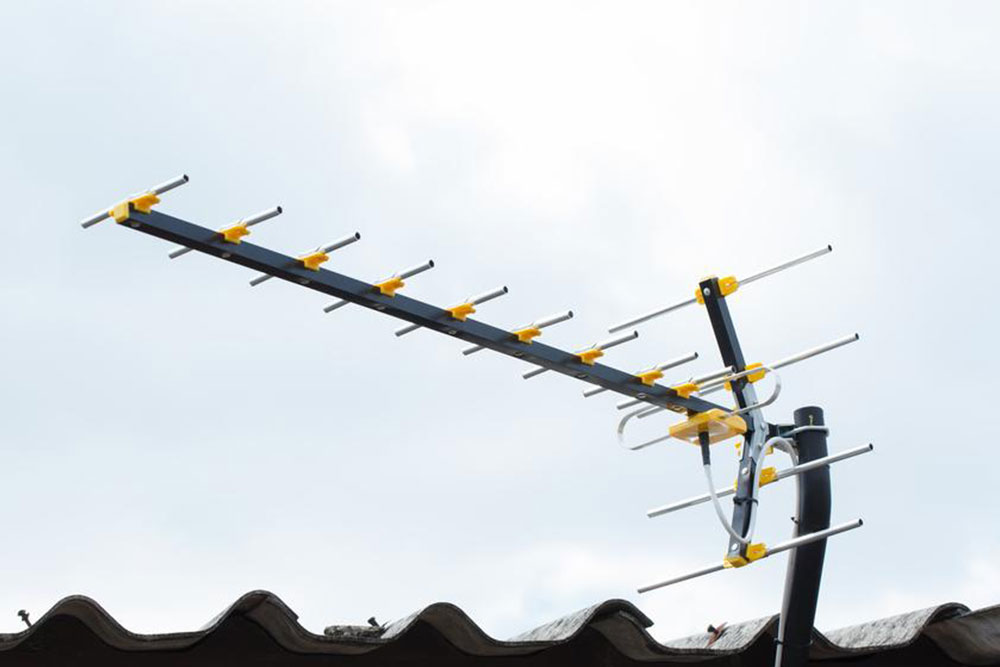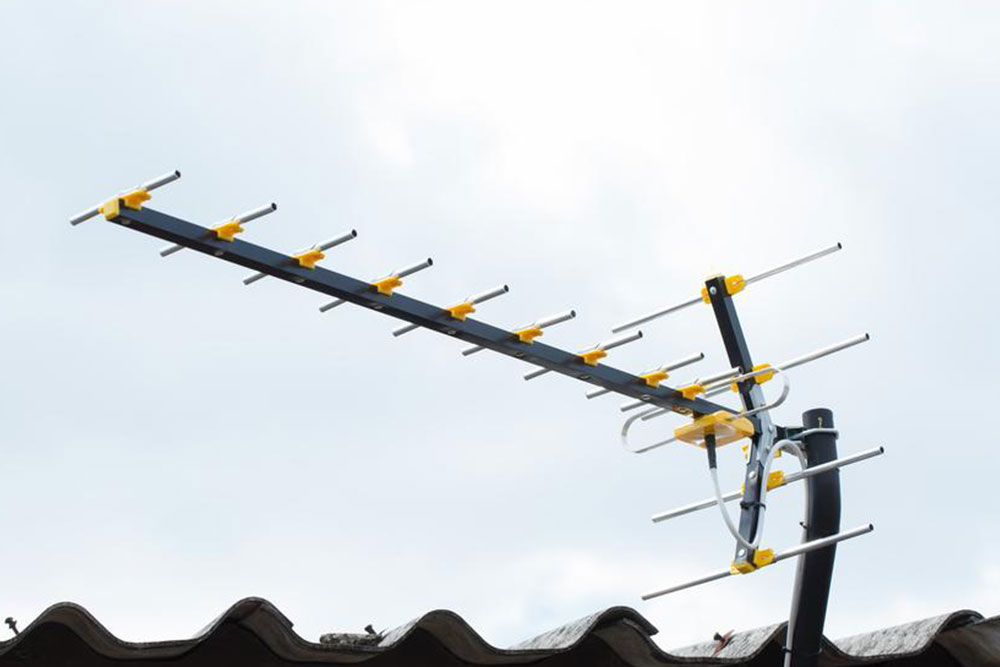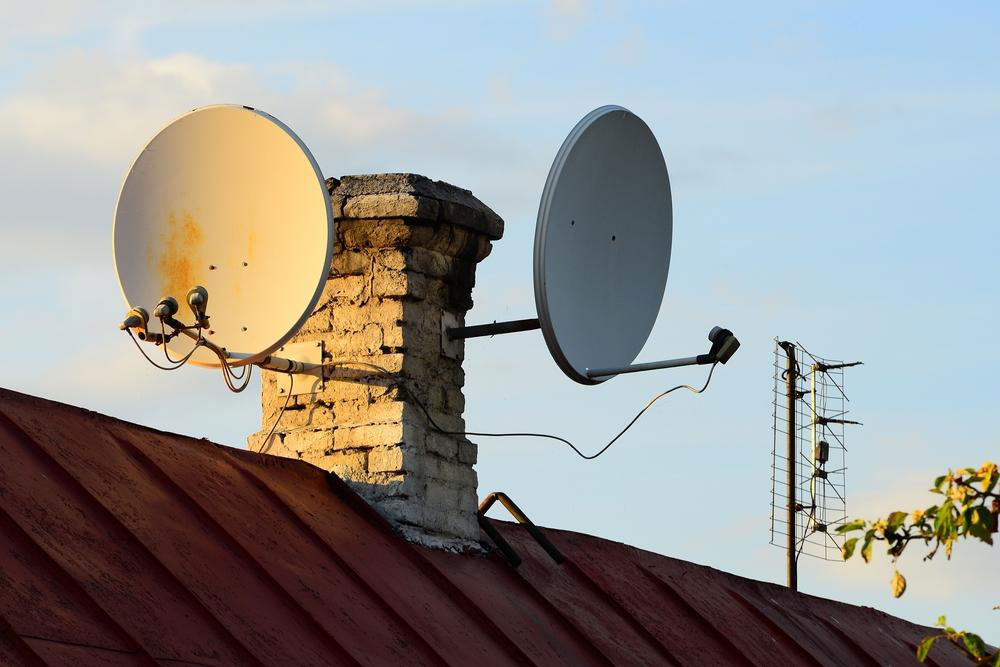Comprehensive Guide to Digital TV Antennas: Everything You Need to Know
This comprehensive guide explores everything about digital TV antennas, from types and benefits to installation tips and choosing the right model based on your location. Discover how to access free local channels, improve reception quality, and save money by cutting the cord. Perfect for homeowners seeking better TV options without ongoing costs, this article offers valuable insights into digital antenna use and setup for optimal performance.

All You Must Know About Digital TV Antennas for Clearer Reception
Digital TV antennas have become essential devices for anyone wanting to access over-the-air broadcast channels with high-quality signal reception. With the increasing popularity of cord-cutting and efforts to save on cable subscription costs, understanding how digital antennas work, their types, installation tips, and the best options for your location has never been more important. Whether you're a casual viewer or a dedicated home entertainment enthusiast, this comprehensive guide will help you navigate the world of digital TV antennas and maximize your viewing experience.
Digital antennas serve as a crucial bridge between viewers and free local broadcast channels, enabling access to a range of entertainment, news, and informational programming without ongoing subscription fees. As traditional cable and satellite services face stiff competition from internet-based streaming, digital antennas stand out as a cost-effective and reliable alternative. This guide delves into the essential features of digital TV antennas, their benefits, types, best practices for installation, and how to choose the right antenna based on your geographic location and specific needs.
Understanding Digital TV Antennas: Types, Benefits, and Features
Digital TV antennas are designed to pick up over-the-air signals transmitted by local broadcasters. Unlike cable or satellite TV, which require subscription services, antennas provide a free, cost-efficient way to enjoy high-definition programming straight from the source. The advent of digital broadcasting has significantly enhanced picture quality and sound clarity, making over-the-air TV a compelling option for many households.
There are various types of digital TV antennas suited for different environments and personal preferences:
Indoor antennas: Compact, easy to set up, and ideal for apartments or homes where outdoor installation isn't feasible. They are usually placed near windows or on top of the TV. Common indoor antenna styles include dipole, loop, whip, and flat panel designs.
Outdoor antennas: Installed on rooftops or high locations, outdoor antennas typically offer better reception, especially in areas with weak signals or obstructions. They are more durable and capable of capturing signals over longer distances, making them suitable for rural or suburban locations where broadcast towers are farther away.
Digital TV antennas are categorized based on their ability to receive high-definition (HD and HDTV) signals, and many modern antennas are designed to support multiple channels, including subchannels that broadcasters increasingly utilize for additional programming. These antennas are now more sophisticated, featuring enhanced designs that improve signal quality, reduce interference, and are aesthetically pleasing.
The Advantages of Using Digital TV Antennas
Switching to a digital antenna offers numerous benefits:
Superior Picture Quality: Digital signals generally deliver sharper images and more vibrant colors compared to traditional analog broadcasts, especially when using HD antennas.
Free Access to Local Channels: Once you have the right antenna, you can access numerous local networks such as ABC, CBS, NBC, Fox, PBS, and more, without any subscription fees.
Additional Content: Many stations broadcast subchannels that include specialty programming, weather updates, educational content, and niche channels.
Cost Savings: With digital antennas, viewers can eliminate monthly cable or satellite subscription costs, leading to significant savings over time.
Easy Setup: Modern antennas are designed for straightforward installation, and many can be set up indoors using minimal tools.
However, the quality of reception depends on several factors, including your proximity to broadcast towers, physical obstructions, and the antenna's quality. Proper placement and selection are key to enjoying optimal viewing experiences.
How to Choose the Right Digital TV Antenna for Your Home
Choosing the ideal antenna begins with understanding your location relative to broadcast towers and assessing potential obstacles like hills, trees, or buildings that could interfere with signal strength. Here’s a step-by-step guide to selecting the best digital TV antenna:
Research Tower Locations: Use online tools like FCC Tower Maps or Signal Locator apps to identify where your local broadcast towers are situated.
Assess Signal Strength and Range: Determine whether you need a high-gain directional antenna for long distances or a broader-range omnidirectional model for moderate distances.
Consider Environmental Factors: If your home is surrounded by dense foliage, tall buildings, or hills, a more powerful exterior antenna might be necessary.
Check Compatibility: Ensure the antenna supports digital HD signals (most modern antennas do) and fits your TV's tuner capabilities.
Budget and Features: Antennas come at various price points. Higher-priced models often offer better range and durability, but there are excellent options at lower costs as well.
Installing Your Digital TV Antenna for Optimal Performance
Proper installation is crucial to achieving the best reception quality. Here are expert tips for installing indoor and outdoor antennas:
Indoor Antenna Installation: Place your indoor antenna near a window facing the broadcast towers. Elevate it, if possible, to improve reception. Avoid interference from electronic devices or thick walls.
Outdoor Antenna Installation: Mount the outdoor antenna on a sturdy mast or pole, ideally as high as possible, in an unobstructed area facing the broadcast sources. Use a high-quality coaxial cable and a low-noise amplifier if you're in a challenging reception area.
Maintaining Signal Quality: Minimize the length and number of connections in the cable run. Regularly check and adjust the antenna's position to maintain signal strength.
If you’re unsure about installation, consider hiring professionals or consulting online tutorials. For those purchasing accessories, online stores offer various mounts, stands, and remote controls categorized by purpose, brand, and price. Always read reviews and compare options to find the best fit for your setup.
IPurchase Tips and Maintenance for Long-Term Use
To ensure consistent reception and maximize the lifespan of your digital TV antenna, consider the following tips:
Quality Equipment: Invest in reputable brands known for durability and performance.
Regular Checks: Periodically inspect the antenna, cables, and connections for damage or corrosion.
Antenna Positioning: Adjust your antenna's position as needed if channels become weak or unreliable.
Use of Amplifiers: In challenging environments, adding a signal amplifier or booster can significantly enhance reception quality.
Weather Considerations: Outdoor antennas may require weatherproofing or protective covers during extreme weather conditions.
Finally, keep abreast of local broadcast changes and update your antenna or settings accordingly to enjoy uninterrupted, high-quality free TV channels.




